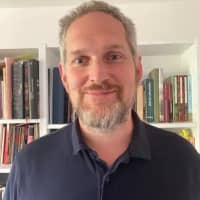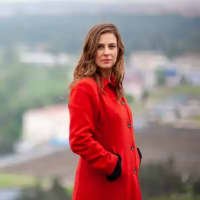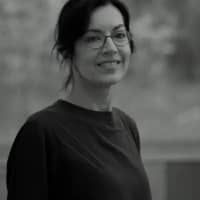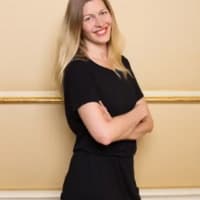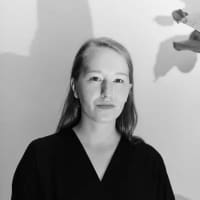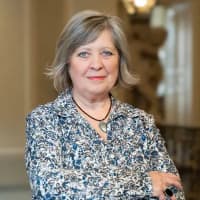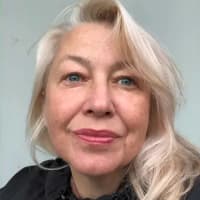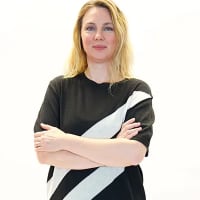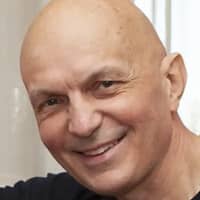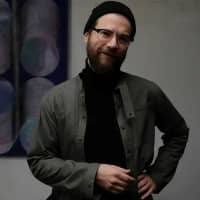What Is Visual Arts? Inside AAU’s Program and the Faculty Shaping It

Enrique Paredes
When asking what is visual arts, the answer is as expansive and diverse as the field itself. From classical painting to experimental sound art, from curatorial practice to digital media, visual arts encompass a wide range of creative expression through visual mediums. At Anglo-American University (AAU) in Prague, the Visual Art Studies (VAS) program goes beyond definitions, it provides a dynamic, real-world experience in how art is made, studied, and shared.
What Are Visual Arts?
In broad terms, visual arts include disciplines like painting, drawing, photography, sculpture, digital art, graphic design, and more. In many educational settings—especially when people ask what is visual arts in high school—the subject serves as an introduction to artistic techniques, creative thinking, and art history. But at the university level, and particularly at AAU, visual arts become a platform for critical inquiry, professional growth, and interdisciplinary innovation.
At Anglo-American University, the Visual Art Studies (VAS) program is more than a place to learn. it’s a vibrant creative ecosystem shaped by some of the most influential figures in Central Europe’s contemporary art world. With a curriculum that seamlessly integrates classical foundations with cutting-edge practice, the real heartbeat of the program lies in its faculty: a group of renowned curators, artists, and historians who don’t just teach art, they live it.
A Program Rooted in Prague’s Art Scene
AAU’s VAS faculty aren’t just educators—they’re active players in the global art conversation. Many come directly from the institutions that define Prague’s artistic identity: the National Gallery in Prague, Kunsthalle Praha, DOX Centre for Contemporary Art, MeetFactory, and the Jindřich Chalupecký Society, among others. Their involvement ensures that students are not only exposed to the theory and history of art but are also immersed in the evolving realities of the contemporary art world.
Classes often take place in the galleries and museums themselves, placing students in direct contact with major collections and exhibitions. This approach turns Prague into an extended classroom, with students engaging in real-time with the spaces where art is created, curated, and consumed.
Meet the Faculty Behind the Canvas
Art History & Theory: From Antiquity to the Digital Age
- Doc. PhDr. Josef Záruba-Pfeffermann, PhD. offers a deep foundation in classical art history.
- Karolina Doleňská, PhD., former Curator of Modern and Contemporary Art at the National Gallery in Prague, brings historical knowledge into conversation with contemporary trends. Her published works like Beauty Again and The Original in the Digital Age continue to influence discourse on art in the digital era.
Curatorial Studies: Curating the Future
- Christelle Havranek, Chief Curator at Kunsthalle Praha, teaches curatorial methodology directly from the perspective of a working professional.
- Alice Němcová (National Gallery in Prague) and Karina Kottová (former Director of the Jindřich Chalupecký Society) offer high-level insight into the curation of modern and contemporary art.
- Lea Petrik, a curator and researcher, provides hands-on experience in contemporary curatorial practice.
Studio & Conceptual Art
Artists in Action: From Studio to Street
- Alena Foustková, a conceptual artist known internationally and locally for her solo exhibition at Kampa Museum, mentors students in studio practice, graphic techniques, and creative design in business.
- Veronika Bromová, a prominent figure in Czech contemporary art and head of Cross Media Studio at AVU, teaches cross-media techniques, empowering students to work across formats.
- Jana Babincová, a painter known for her geometric and rhythmic compositions, leads courses in contemporary painting.
Photography, Video, and the Future of Digital Art & New Media
- Dragan Dragin specializes in portrait photography and gallery practice, offering a bridge between artistic and professional photographic techniques.
- Barry Wan, an internationally recognized composer and sonic artist, will introduce a groundbreaking course on AI and digital art. His work has been performed from Europe to North America and is known for its intermedia complexity.
- Daniel Vlček, a painter and musician, creates hybrid works that use sound and visual art as one language. His innovative process—using vinyl records as painting tools—challenges students to think about the intersections of medium, message, and material.
A Faculty of Mentors
What is special about the VAS program is the ongoing mentorship students receive, not just through structured coursework, but through close collaboration on final projects and theses. Whether students are mounting their first exhibition, developing a curatorial proposal, or experimenting with new media, they’re supported by mentors who’ve done it all, often on the international stage.
In this program, students don’t just learn about art, they experience it as practitioners, collaborators, and emerging professionals. Thanks to a faculty whose work is shaping museums, galleries, and cultural discourse both in Prague and around the world, the Visual Art Studies program at AAU offers a creative education that’s as ambitious and alive as the city it calls home.
What Sets AAU’s Visual Art Studies Program Apart
So, what is visual arts at AAU? It’s a hands-on, interdisciplinary experience where the gallery becomes the classroom, and the faculty are active practitioners who shape the field every day. Whether you’re coming from a high school background in the arts or transitioning from another discipline, AAU’s program offers a launchpad into the professional art world, grounded in both tradition and innovation.






